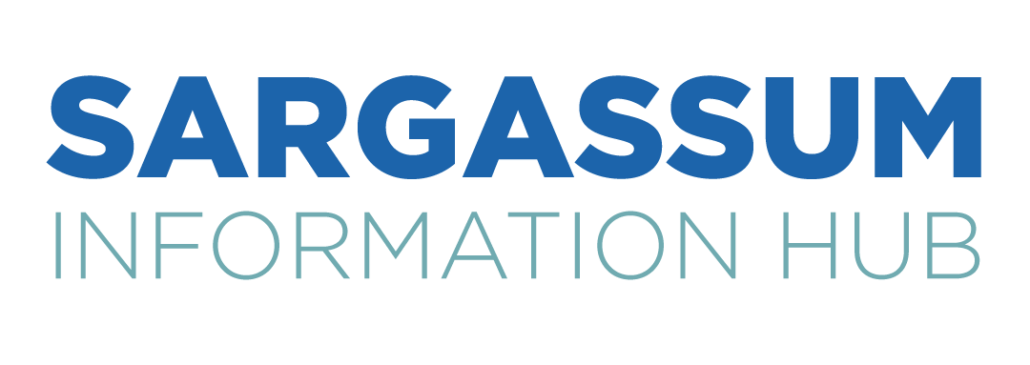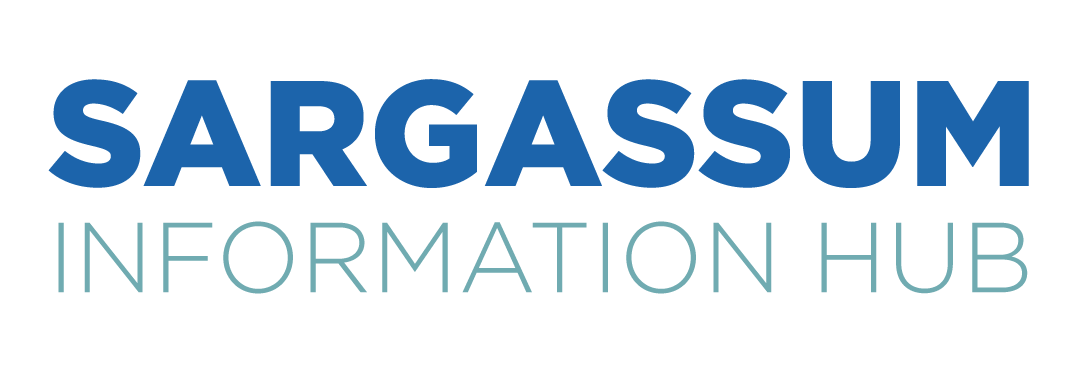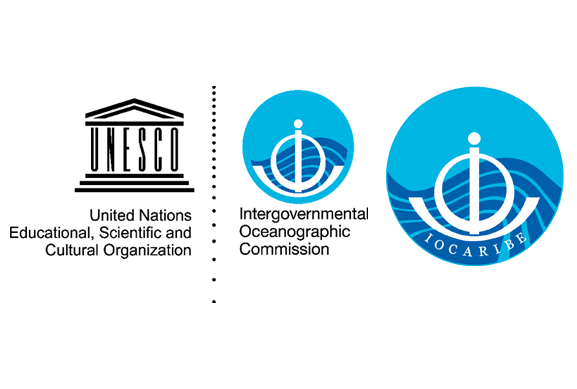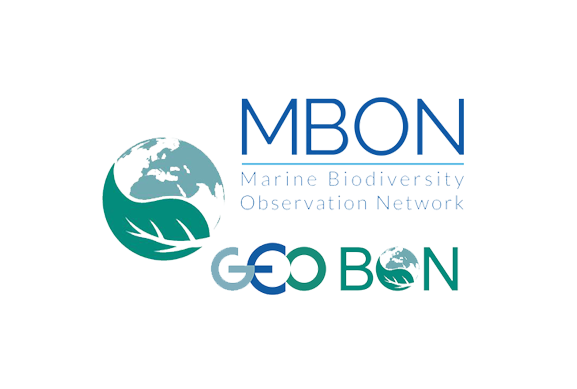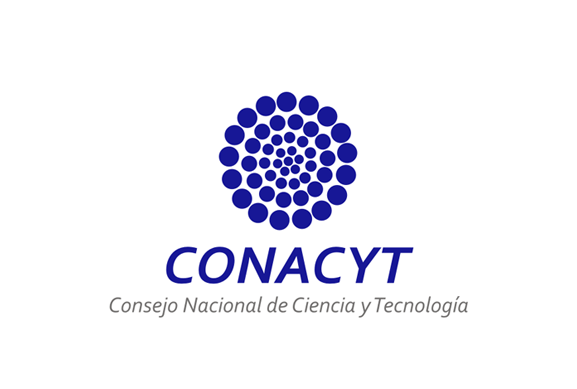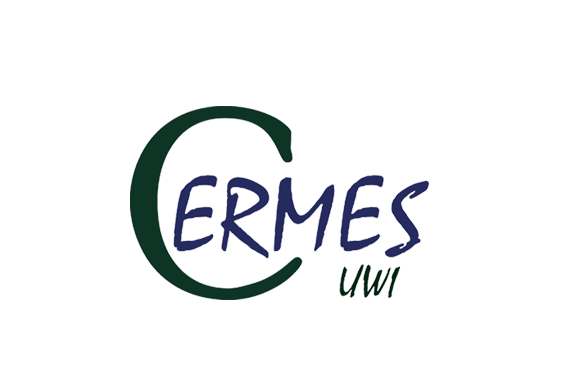CONACYT. 2019. Agenda de Ciencia, Tecnología e Innovación para la Atención, Adaptación y Mitigación del arribo de sargazo pelágico a México. Mexican Government Document. 32 pp.
Desrochers, A., Cox, S-A., Oxenford, H.A., & van Tussenbroek, B. 2020. Sargassum uses guide: A resource for Caribbean researchers, entrepreneurs, and policy makers. Centre for Resource Management and Environmental Studies (CERMES), University of the West Indies, Cave Hill Campus. Bridgetown, Barbados. 159 pp.
Rodríguez-Martínez, R.E., Medina-Valmaseda, A.E., Blanchon, P., Monroy-Velázquez, L.V., Almazán-Becerril, A., Delgado-Pech, B., et al. 2019. Faunal mortality associated with massive beaching and decomposition of pelagic Sargassum. Marine pollution bulletin. 146: 201-205.
Rodríguez-Martínez, R.E., van Tussenbroek, B., & Jordán-Dahlgren, E. 2016. Afluencia masiva de sargazo pelágico a la costa del Caribe Mexicano (2014–2015). In: Florecimientos Algales Nocivos en México. CICESE, Ensenada.
Rosellón-Druker, J., Calixto-Pérez, E., Escobar-Briones, E., González-Cano, J., Masiá-Nebot, L., & Córdova-Tapia. 2022. State of the art: Local projects, studies, and initiatives to address atypical influxes of pelagic Sargassum in the Mexican Caribbean coasts. Manuscript in review.
SEMAR. 2021. La Secretaría de Marina-Armada de México mantiene acciones para la contención del fenómeno atípico del sargazo en el Estado de Quintana Roo. Online at: https://www.gob.mx/semar/prensa/la-secretaria-de-marina-armada-de-mexico-mantiene-acciones-para-la-contencion-del-fenomeno-atipico-del-sargazo-en-el-estado-de-quintana-roo. Accessed: 10/10/2021.
SEMARNAT. 2021. Lineamientos Técnicos y de Gestión para la Atención de la Contingencia Ocasionada por Sargazo en el Caribe Mexicano y el Golfo de México. Mexican Government. 50 pp.
Sosa-Olivier, J.A., Canepa, J.R., Zarate, D.G., Díaz, A.G., Jaramillo, D.A., García, H.K., & López, B.E., 2022. Bioenergetic valorization of Sargassum fluitans in the Mexican Caribbean: The determination of the calorific value and washing mechanism. AIMS Energy. 10(1): 45-63.
van Tussenbroek, B.I., Arana, H.A.H., Rodríguez-Martínez, R.E., Espinoza-Avalos, J., Canizales-Flores, H.M., González-Godoy, C.E., Barba-Santos, M.G., Vega-Zepeda, A., & Collado-Vides, L. 2017. Severe impacts of brown tides caused by Sargassum spp. on near-shore Caribbean seagrass communities. Marine pollution bulletin. 122(1-2): 272-281.
